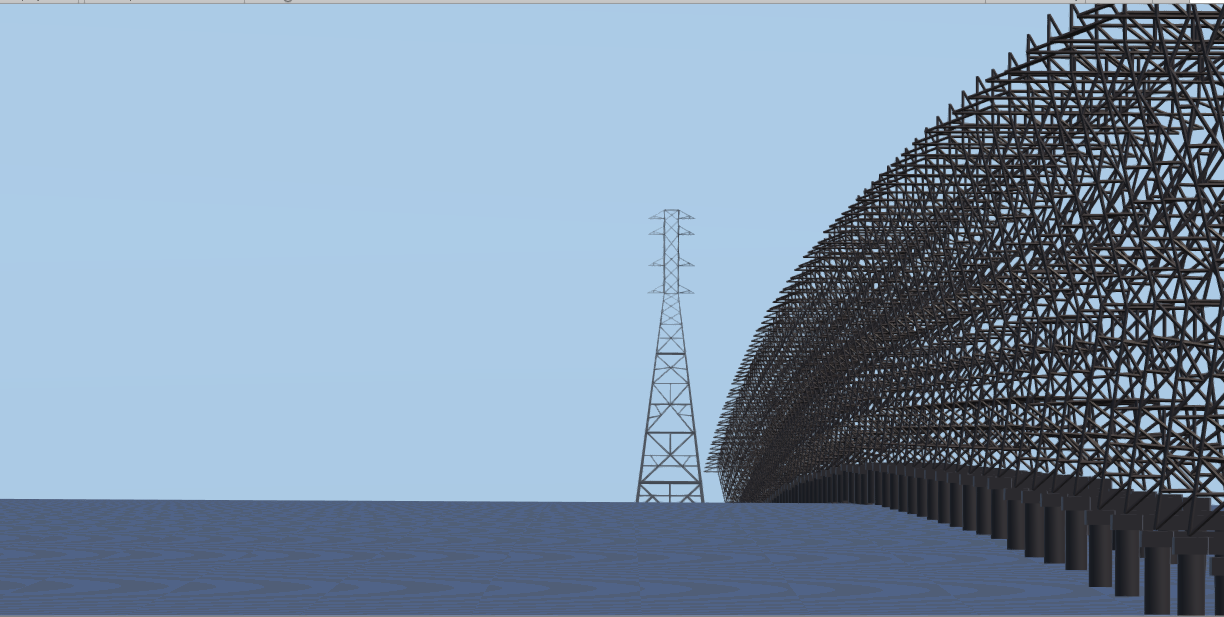Every country on the planet uses surveyors for borders, property lines, roads, bridges, etc and if you have a property dispute who do you call? Surveying is an extremely accurate science.
edby,
What you have there is commonly called a dumpy level. Unlike transiting theodolites dumpy levels don't measure vertical angles directly, they work in conjunction with someone holding a graduated rod. It will however serve your purpose to see IF there is a drop in the horizon. My guess is that it was made in early 50s. Do you have the tripod or is it a table top model. I don't see any adjustment screws to plumb the vertical axis.
As mentioned above you can't self-check with it so it is VERY important to check if spirit level is exactly parallel to to the telescope. You can see where the instrument is calibrated above the round level.
Considering the scrutiny you'll be under I recommend a simple test for accuracy that will also give you some practice.
Set up 2 poles in a large area 75' apart. Set up level in line with poles 75' from 1st pole. Direct a helper to place a mark on the poles exactly on the cross-hairs. Repeat the process at the same distance in the opposite direction. Don't worry about the height of first set of lines, you want them to be different heights.
The distance between the marks on each pole should be the same, if not you have some error. Half of the difference between the sets of marks will be the error per 100'. Use a sharp pencil as any difference will be small.
https://imgur.com/a/IaGH4Yt
Hope this helps and please excuse the primitive illustration.
If you have any questions about the instrument I'll be happy to assist if I can.
Theo
Edit:
I was mistaken about 2nd position, it should be in the center of the 2 poles, not the end!
Sorry about that, it's been a couple of decades since I've dealt with this stuff.













